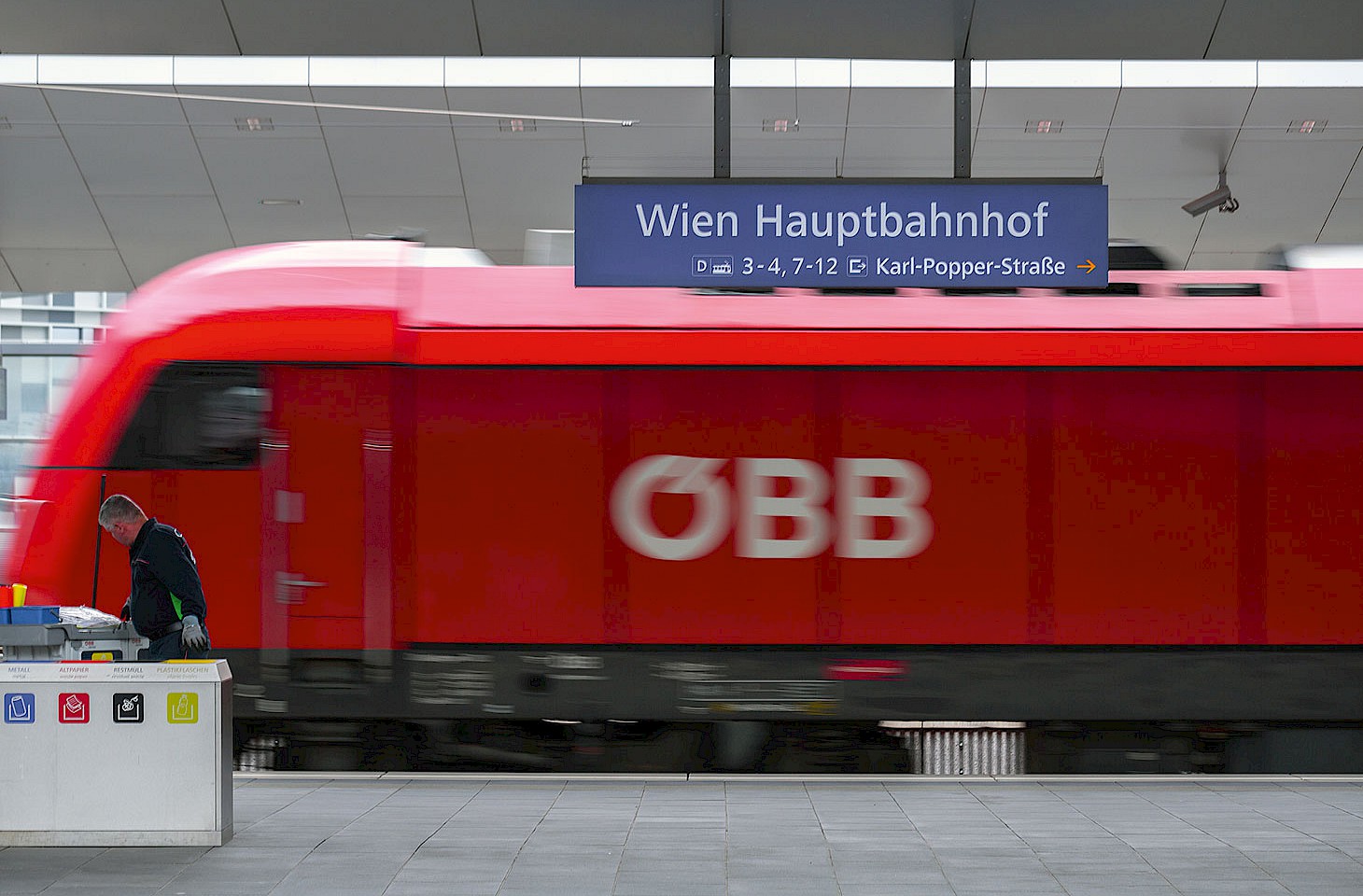In the water meadows and forests of western Poland, two things come with the season of Lent: high waters and the magnificent white storks that nest here each spring and summer. Downstream from Wroclaw, the Odra river meanders for a couple of hundred kilometres northwest through Lower Silesia and Polish Lusatia until it reaches the German border. Here the Odra - called the Oder by the Germans on the west bank of the river - is joined by the Neiße and heads assertively north for the Baltic.
In its journey across Poland's borderlands towards Germany, the Odra traverses wetlands and alluvial forests, passing tiny unkempt villages and places where the factories long since ceased producing anything. There are relatively few spots where road travellers can cross the river, and, as so often in central Europe, car ferries greatly outnumber road bridges. This stretch of the Odra has eight car ferries in all. In neighbouring Germany, the Elbe downstream from Dresden has twenty one car ferries as it wends its way across the eastern German lowlands towards Hamburg.


